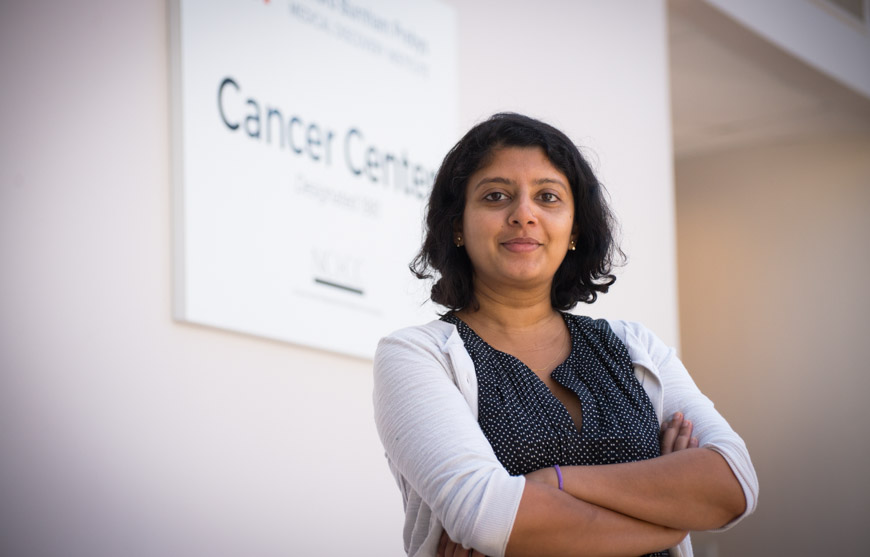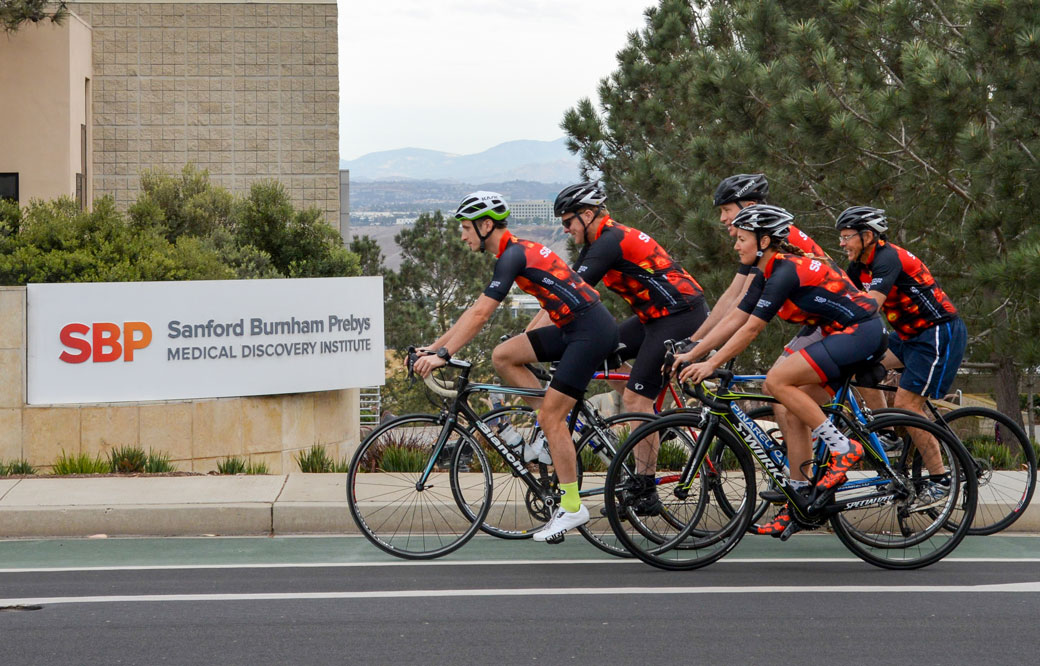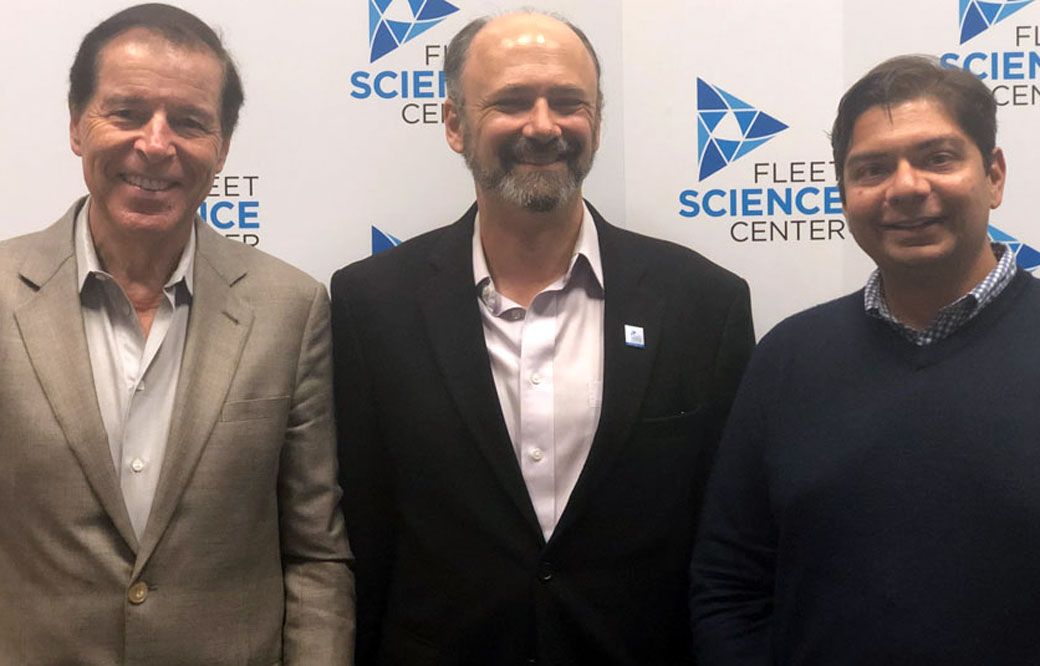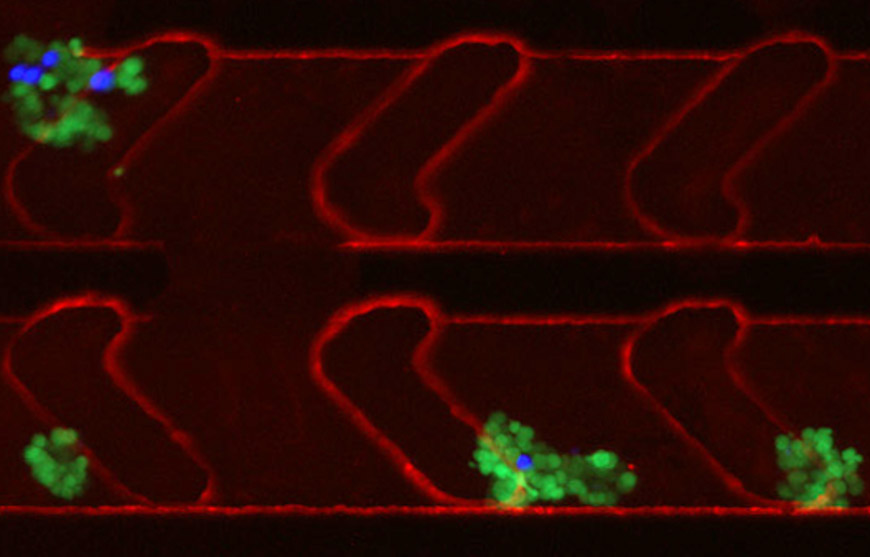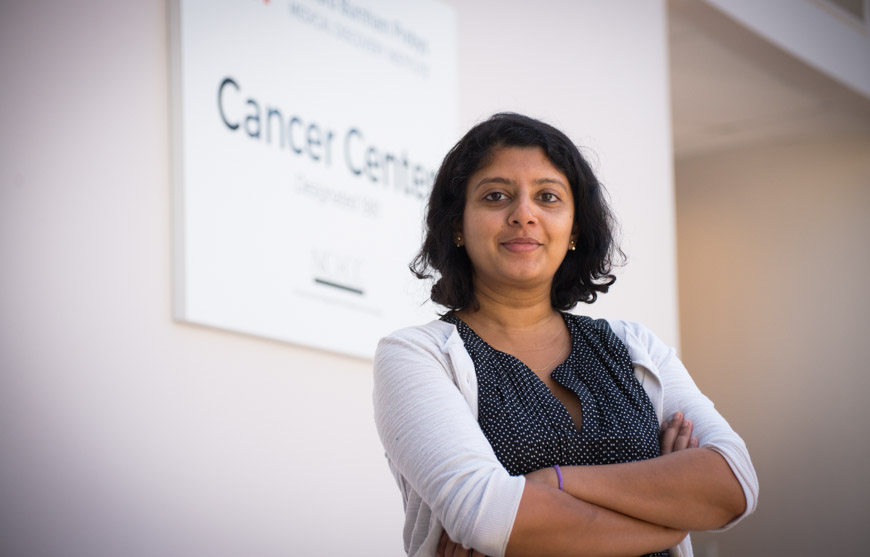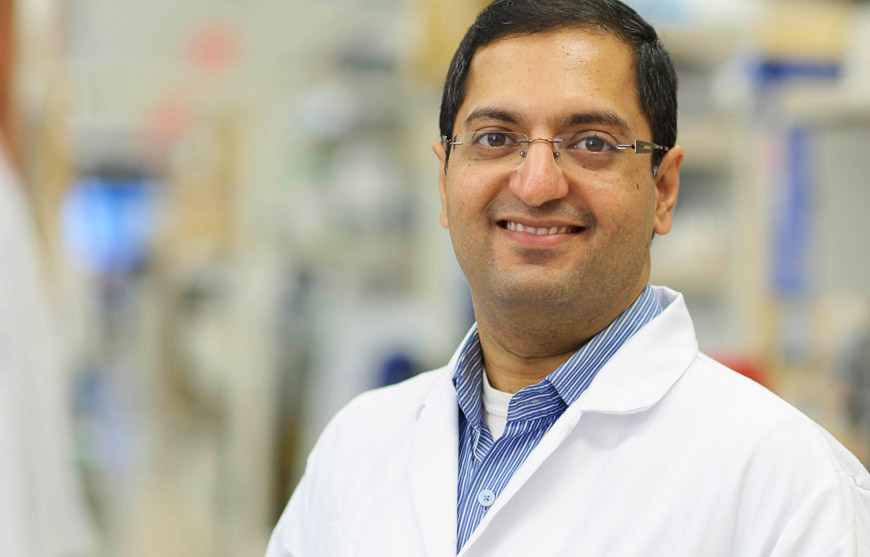If you follow news about medical breakthroughs, you have undoubtedly heard about immunotherapy to treat cancer.
This form of therapy is designed to prime the body’s own immune system to fight the disease head-on. For some cancers, such as melanoma and lung cancer, immunotherapy has helped patients who once had only a life expectancy of months now live for years. But does it work for other cancers?
We sat down with Svasti Haricharan, PhD, assistant professor at Sanford Burnham Prebys and recipient of a Susan G. Komen Career Catalyst Award to discuss where we are with immunotherapy and breast cancer. Here are five things she wants us to know.
- As scientists, our job is to understand the biology of why immunotherapy works for some cancers but not others. Our goal is to develop approaches to expand the benefits of immunotherapy to as many patients as possible. With breast cancer, we are still in the early days, but there has been some success. Earlier this year a type of immunotherapy called an “immune checkpoint inhibitor” was approved to treat certain types of metastatic breast cancer. But immunotherapy doesn’t work—yet—for all breast cancers.
- No two breast cancers are alike. Even though two women with breast cancer may have the same size tumor, the individual characteristics of the tumor—the receptors, the genetics, even the way the tumor cells gather fuel to grow, can differ. Just as importantly, the way each woman’s body reacts to the growing cancer is predicated by her immune history: her exposure to immunological challenges, the strength of the immune response her body is capable of mounting, and how long she can sustain an immune response. These factors strongly influence the likelihood that a patient will respond to a specific therapy. The more we drill down on breast tumors, and the tricks they use to evade the immune system, the closer we get to outsmarting them.
- Today, immunotherapy seems to work best for triple negative breast cancer. Triple negative means three types of receptors—estrogen receptor, progesterone receptor and HER2—are not expressed on the cancer cells. Cancers that express these receptors are easier to treat because these receptors can be targeted directly. We believe part of the reason why immunotherapy is effective for triple negative breast cancer is because these cells can grow rapidly and produce more neoantigens—altered tumor proteins that have not previously been recognized by the immune system. So, these tumors may already have immune cells infiltrating the tumor, and when unleashed via immunotherapy, they can readily attack the cancer.
- Immunotherapy—at least the immune checkpoint agents that are used today—target a protein called PD-1 found on T cells, which are the immune cells that roam the body looking for disease. PD-L1 is another protein found on some normal and some cancer cells. When PD-1 attaches to PD-L1, T cells are queued to leave the cell alone and not attack it. We believe cancer cells use PD-L1 to protect themselves from the immune system, and that cancers with large amounts of PD-L1 are the most likely to respond to checkpoint inhibitors. It’s possible that testing breast tumors for PD-L1 levels will help identify more women likely to benefit from these drugs.
- Collaboration is key. Although we like to think of scientists as having “Eureka” moments, the reality is that much of the progress we make is incremental. We painstakingly plan, control and execute experiments—gathering and analyzing data to open new avenues that can be tested in the clinic. Working alongside professionals who are responsible for patient outcomes is an important part of the research spectrum. Their input provides direction for our goal of achieving cures—and a means to evaluate if what started in the lab will work in the clinic. There are nearly 300 clinical trials currently ongoing that are testing immunotherapeutic approaches for breast cancer. The information we gather from these trials helps guide the future of what we do next in the laboratory. Advances will be made, and progress is on the horizon.
